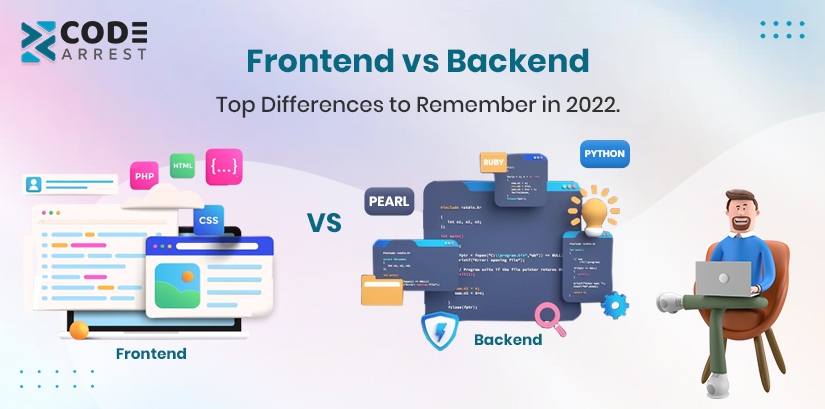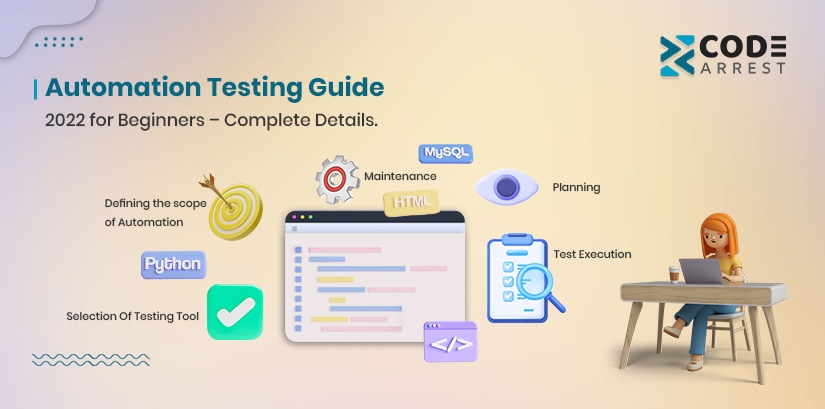Top Websites Written in Python Programming Language
Blogs Top Websites Written in Python Programming Language Python is among the power packed programming languages invented in the 90s by Guido van Rossum. Undoubtedly in a very short span of time, it has become the acclaimed programming language. The language is highly utilized by not only beginners but by professional developers. The most common utilization of the language is found for deep learning, data science, big data, automation, software testing, and others. But did you know, many brands have their website constructed in Python programming language. If not, then this article will shed some light on such big brands. So, let’s read about some popular brands with their Python language-based website. But before it, let’s take a brief account of what python programming language is? What is Python Programming Language? It’s not been so long, only 2012 when Python had claimed its popularity. Since then, the programing language has not looked back. Millennial websites & software or applications have been developed using Python platform. Python is handy and a free open-source platform. It means developers need not pay for it. It includes various frameworks & tools like Flask, Django, and many others. Not only this, the language is compatible with different kinds of platform. Moreover in 2021, Python is acknowledged as a highly friendly and versatile programming language. Fun Facts About Python Language There are many amazing things which you may want to know about the Python programming language. Let’s have a look at these amazing fun facts: Python is the most preferred language among the software or app developers Around 49% of developers utilize these languages In 2021, the growth rate of Python programming language was around 154% The language got its name from Monty Python’s Flying Circus. On an average, The Python developer earns around $119 One of the prominent language Google uses is Python. Hopefully, these facts have amazed you in many ways. Now it’s time to look forward to the websites constructed using Python Framework as the base. Best Websites Coded in Python Programming Language Let’s have a look at some paramount applications or software that are built using Python programming language. 1. Netflix Who doesn’t know about Netflix. It is among the top streaming websites. Netflix serves 40 countries and offers a wide range of entertainment in different languages. The application is available for both iOS & Android users. About 33+ million users members enjoy the application. The developers of Netflix can freely pick any technology & get their task done. 2. Spotify It is among the topnotch platforms to enjoy top chartbusters. It is utilized by millions of users. The website was launched in 2008 and has reached 75+ million paid users. Spotify utilizes Python as its code base. The website is crafted on WordPress but it is developed using Python. 3. YouTube YouTube, Google’s sister concern, was prominently written in Python. It offers numerous libraries & features that leverage an interactive experience to the users. The platform is coded in a way where it offers high end reductions the system of uploading, downloading, and sharing videos. 4. Google The tech giant Google itself utilizes 75% of the development under the umbrella of Python language. Its complementary frameworks support Google’s additional activities. Python is a very popular and highly effective programming language when it comes to building top notch solutions for the users. Even Google had trusted the programming language. What about you? Final Thoughts:Python has had a boom in the last few years. Now, it is a significant language to develop the most functional and performance-oriented software or application for businesses. One can highly rely on the functionality it offers to the users.
Top Websites Written in Python Programming Language Read More »










